When Nebraska firefighters put out a blaze on Jan. 3, the water they sprayed froze against this building.
This nature shot from London's Richmond Park, titled “Stag Deer Bellowing,” by Prashant Meswani, was an honorable mention in National Geographic's 2014 photo contest.
Photographer Jimmy Nelson published a book called "Before They Pass Away" showing the vanishing tribes of the world. Here are three Kazakh men using eagles to hunt.
A massive wildfire burned through large swaths of Southern California after one of the driest Januarys on record. It looks like hell on Earth.
Mount Sinabung, a large volcano on Sumatra Island in Indonesia, has been erupting on and off since September of 2013, covering the area with ash and forcing thousands of people to flee their homes.
This shot of a Colored Parson's Chameleon at Andasibe-Mantadia National Park in Madagascar was a finalist in the Nature Conservancy's photo contest.
Massive floods caused by a giant storm hit the UK in February.
NASA's Curiosity rover shared its very first picture of Earth from Mars. The photo was taken about 80 minutes after sunset on Jan. 31, 2014, NASA said. The rover tweeted the photo with the accompanying caption: "Look Back in Wonder... My 1st picture of Earth from the surface of Mars."
The coldest weather in two decades hit the Midwest at the beginning of the year — this photo shows a wall of ice that built up around Lake Michigan. It does a great job of summing up the intense cold that earned Chicago the nickname "Chiberia."
A reflection on modern life: the Grand Prize winner of the 2014 National Geographic Photo Contest was this shot, “A Node Glows in the Dark," by Brian Yen, who took the picture in Hong Kong.
British artist Mishka Henner captured the effects of industrial farming on the American countryside. Here you can see the chemical byproducts from the feedlots at an industrial farm. He exhibited these photos in September.
In 2015, biologist Alexander Semonov will head up the Aquatilis Expedition, an around-the-world journey documenting never-before-seen marine life. Here's a shot he took of one of two known species of Spirobranchus, a small genus of fanworms.
In April, an Arkansas town called Vilonia was almost completely leveled by a tornado.
On July 8, a giant school composed of millions of Northern Anchovies invaded La Jolla, California.
The entire island nation of Kiribati is vanishing because of global warming. On average, land in Kiribati is only six feet above sea level.
On April 21, the Hubble telescope captured what looks like a black hole in Jupiter's Great Red Spot — but really, it's the shadow of the Jovian moon Ganymede.
A Doctors Without Borders health worker in protective clothing carries a child suspected of having Ebola in the group's treatment center on Oct. 5 in Liberia.
James Woodend won the 2014 Astronomy Photography of the Year competition with this photo of a vivid green aurora in Iceland’s Vatnajökull National Park.
NOAA spent the fall exploring the deep-sea ecosystems off the U.S. Atlantic Coast with its ship Okeanos Explorer — here it captures a chimaera, sometimes referred to as a "ghost shark."
A terrifying forest fire tore through Valparaiso, Chile, in April.
Mike Hollingshead makes a living following the worst storms in America, from snarling tornadoes chewing up the Kansas farmland to supercell thunderstorms massing over the Dakotas. This supercell photograph was taken at a York, Nebraska truck stop after a day of chasing storms.
Contrary to some reports, Niagara Falls didn't totally freeze, but the polar vortex formed enough ice to create some spectacular images.
Panamanian Rogelio Moreno won first place at Nikon's "Small World" photo contest for his image of a miniscule freshwater creature known as the rotifer. Moreno captured the tiny critter as it was sweeping food into its open mouth. It's magnified 40 times.
Hubble's most colorful view of the universe ever. The picture was released in June and presented during a meeting of the American Astronomical Society.
This photo of a whale shark from Indonesia, titled "Big Mouth" by Adriana Basques, was one of the top photos from the BBC photographer of the year competition.
North Brother Island shows what happens to a the world abandoned by humanity.
While this shot may seem beautiful, it takes on a sinister aspect when you realize it's a photo of the polluted Gowanus Canal in Brooklyn taken by photographer Steven Hirsch.
A massive typhoon shut down life in the Philippines in the middle of July.
In the Chinese village of Dongxiaokou, migrant workers collect the electronic garbage of Beijing.
On June 3, an insane hail storm tore through the midwest, leaving a trail of devastation.
California's drought just kept getting worse. The remains of an automobile are pictured on the bottom of the Almaden Reservoir near San Jose, California January 21, 2014.
On Saturday, July 12, a supermoon rose over the Earth. Here it is over Olvera, Spain.
A helicopter discovered this mysterious giant crater on the Yamal Peninsula of Siberia, a place referred to as "the end of the world."
Residents of Wenzhou, China, woke one July morning to find that a river had turned red as blood due to pollution in the area.
For the Olympus BioScapes Digital Imaging Competition Charles Krebs produced this incredible image of a mosquito larva, which he made using a technique called dark field microscopy.
The tiny Yemeni archipelago of Socotra has very unique plant life, a third of which can be found nowhere else in the world.
This photo was taken in a small Southern Indian village during the Mayana Soora Thiruvizha festival. The festival is devoted to Angalamman, a guardian deity worshiped in Southern India. It was the merit prize winner of the National Geographic Travelers photo contest.
This shot of a controlled burn in Shawnee County, Kansas, was one of the most amazing photos we spotted in the Nature Conservancy's photo contest.
In January the sun started spewing forth an unusual type of solar eruption, which is captured in this composite image.
Environmentalist and aerial photographer Yann Arthus-Bertrand has collected 150 incredible images from the Betsiboka River in Madagascar emptying into Bombetoka Bay. The colors come from incorporating infrared, near-infrared, and ultraviolet light.
Jeremy Gray shoots incredible images of Maine's night sky. Mesmerizing star trails paint the night sky along the frozen, snow-blanketed banks of Jordan Pond in Acadia National Park in this image Gray dubbed “Celestial Winter."
This is one of the winners from the Smithsonian's Wilderness Forever photography competition. Proxy Falls cascades down to a moss-covered forest in the Three Sisters Wilderness in Oregon. The Three Sisters are a series of three volcanoes.
California's drought is leading to dangerous wildfires, like this one near San Diego in May.
A Japanese volcano erupted without warning in September, covering mountain lodges in a coat of ash.
One entry from National Geographic's 2014 Photo Contest shows Burning Man's Thunderdome, run by a group called The Death Guild. In the Thunderdome, combatants use foam bats to assault each other for five minutes while the crowd cheers on from on top the dome.
About 35,000 walruses suddenly and surprisingly gathered together in one place on the Alaskan coast in October.
Bill Synder won the "Deep Space" category in the 2014 Astronomy Photographer of the Year contest with this shot of the Horsehead Nebula.
Michael "Nick" Nichols won the grand prize at London's Natural History Museum's 2014 Wildlife Photographer of the Year Competition with this black-and-white photo of snoozing lions in Tanzania's Serengeti National Park.
As our world grows, it's becoming disturbingly polluted. This boy cannonballs into a polluted river in Jakarta, Indonesia, while piles of garbage drift by next to him.
Tin Man Lee won the Smithsonian's "Nature's Best Photography" competition with this shot from Alaska's Katmai National Park of a Grizzly Bear pouncing through icy waters.
The devastating Ebola outbreak this year was the largest outbreak of the frightening virus in history. In this photo from October, survivor Sontay Massaley, 37, leaves an MSF clinic in Paynesville, Liberia. She is returning to her three healthy children after spending eight days in treatment.
There was a lot of solar activity this year, which created some incredible auroras. Reuters photographer Yannis Behrakis traveled to Norway to capture this shot.
Charles Krebs shot this amazing image of a beetle carapace for Nikon's "Small World" photography contest.
A slow-moving river of molten lava from an erupting volcano crept over residential and farm property on Hawaii's Big Island at the end of October.
In November, humanity got its closest look ever at a comet via the Philae lander and Rosetta spacecraft — here's what the comet looked like from the ship.
Sewage and industrial contaminants create the foam on top of India's Yamuna River here, which is so toxic it's considered "dead." But locals still bathe in the waters during religious festivals like Chhath, which praises the sun god and life on earth and is being celebrated in this photo.
Lightning strikes over Lake Maracaibo in the village of Ologa, Venezuela, where the Catatumbo River feeds into the lake, in the western state of Zulia October 23, 2014. Catatumbo is the lightning capital of the world.
Astronauts aboard the International Space Station took this photograph of Florida in October 2014.
A satellite captured a view of the erupting Mount Sinabung in Indonesia on Jan. 23, 2014. First responders can use such images to assess damage and help create evacuation plans.
This shot, “Muscle Power," by Archna Singh, shot in the Bandhavgarh National Park in Madhya Pradesh, India, was an honorable mention in the 2014 National Geographic Photo Contest.

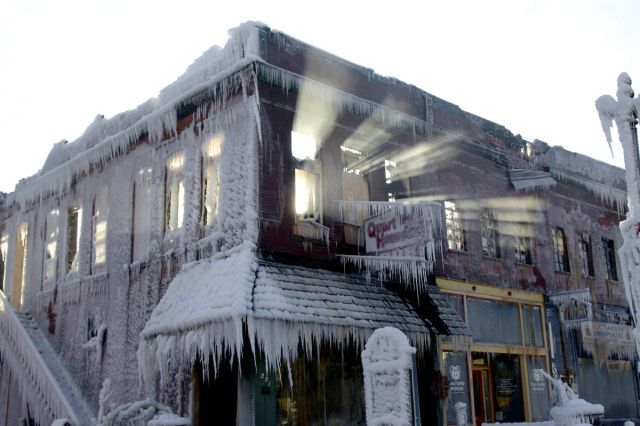
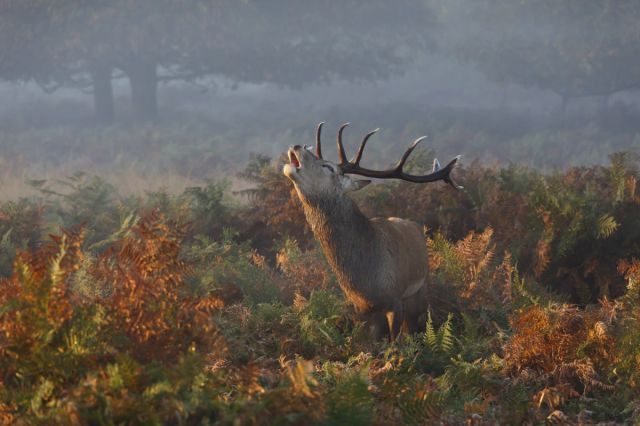
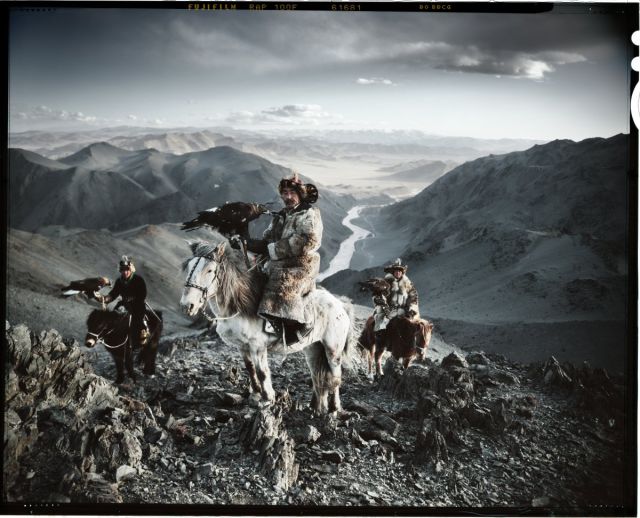
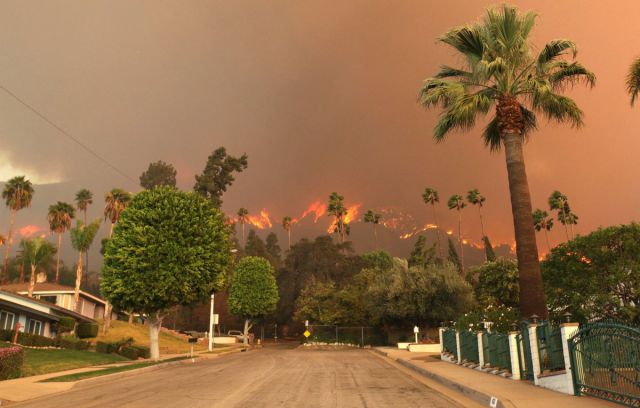

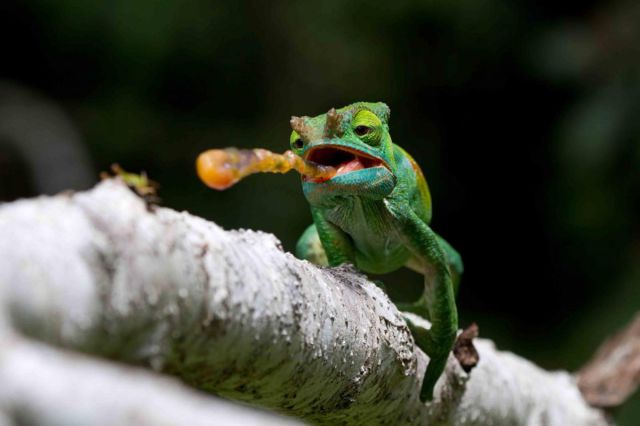
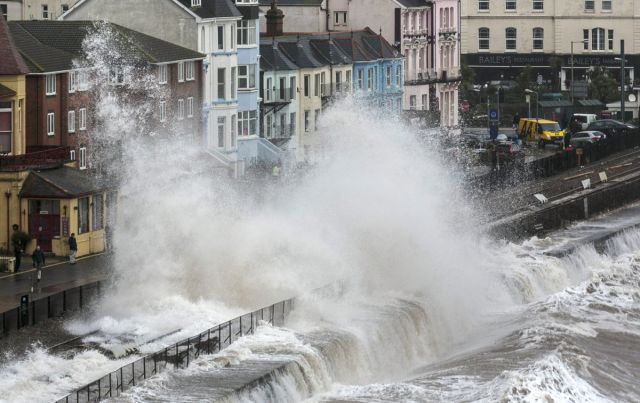
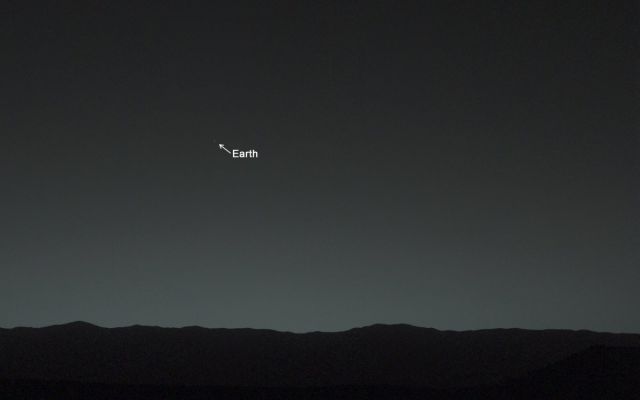
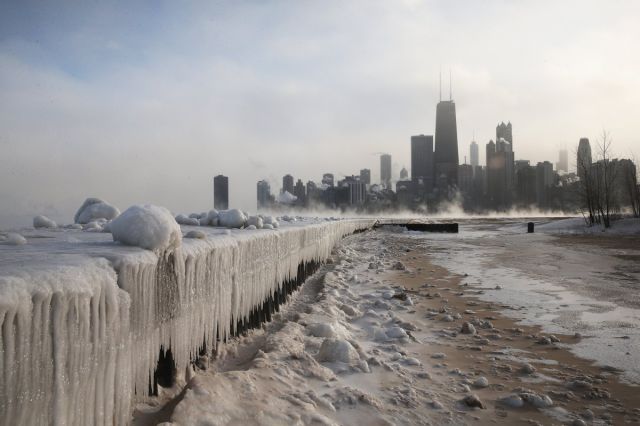

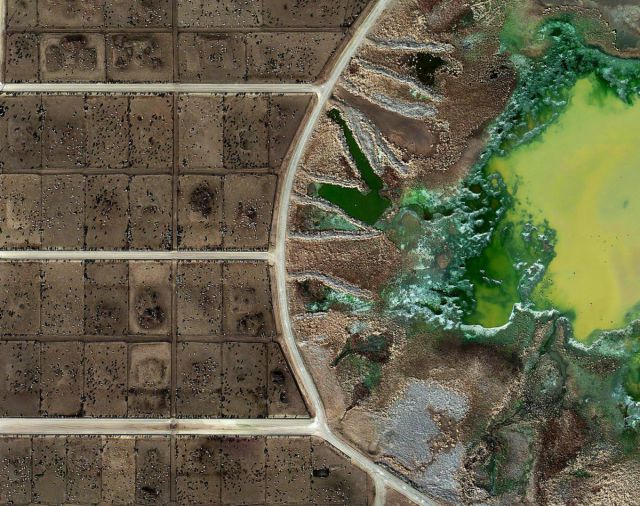
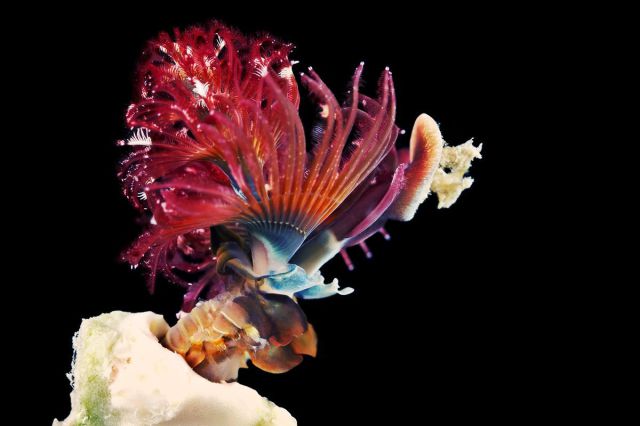
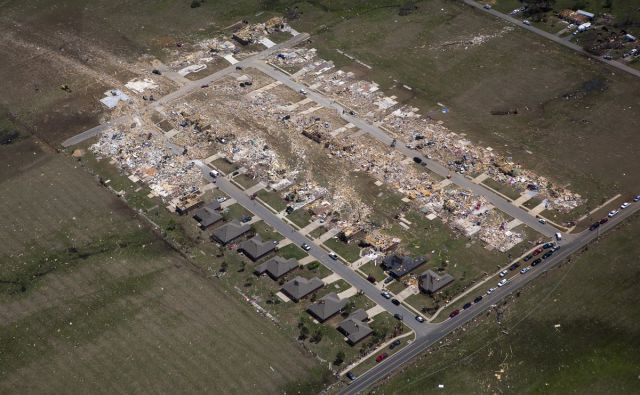
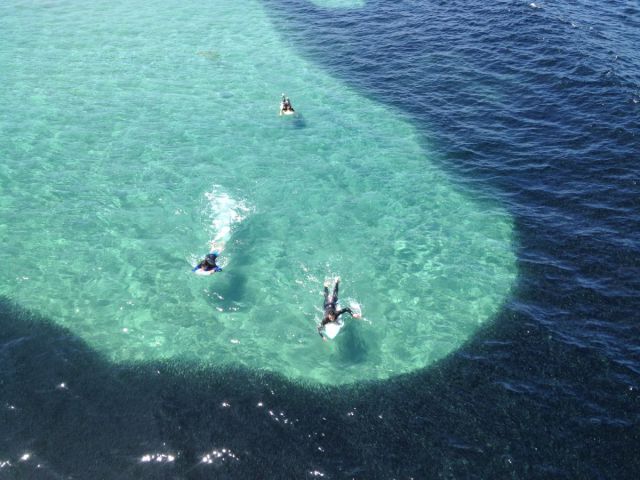
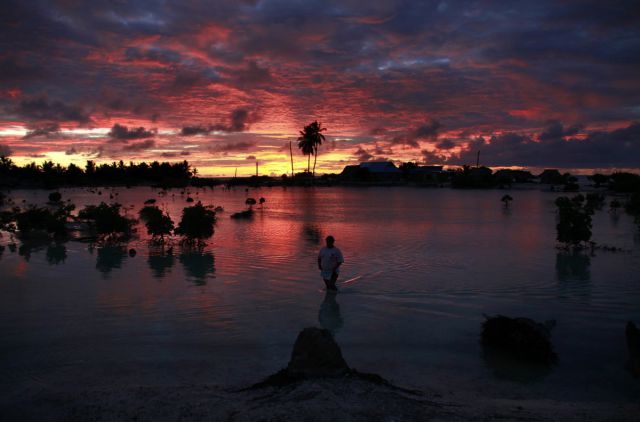


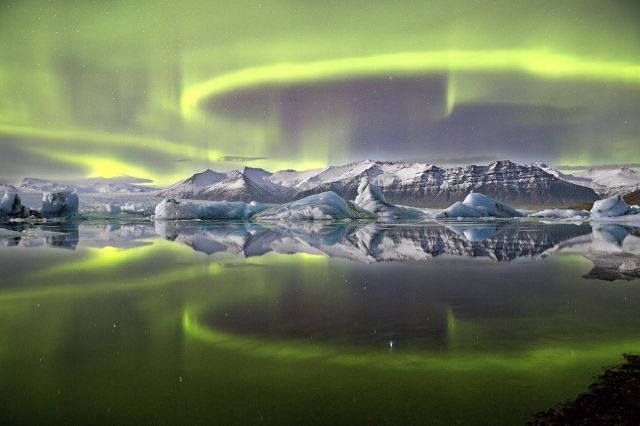
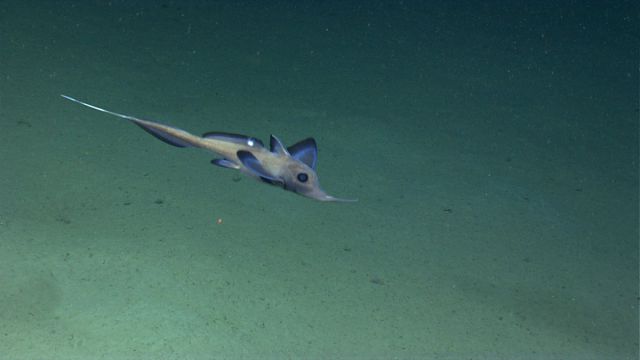
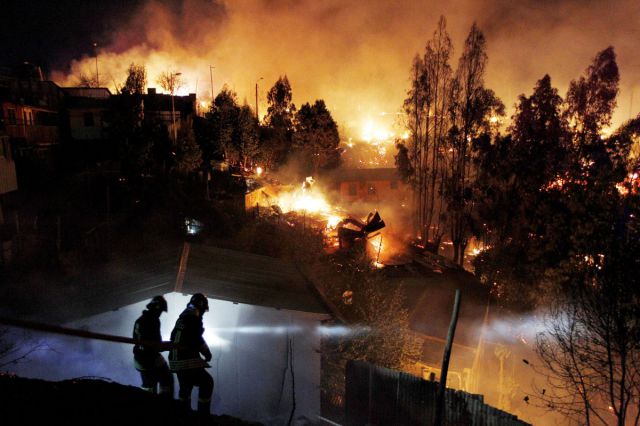
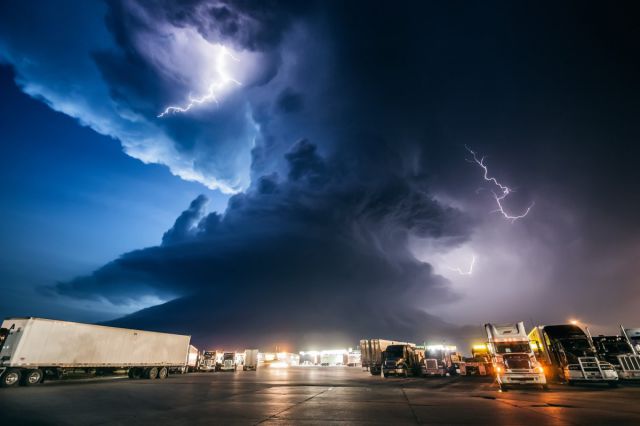

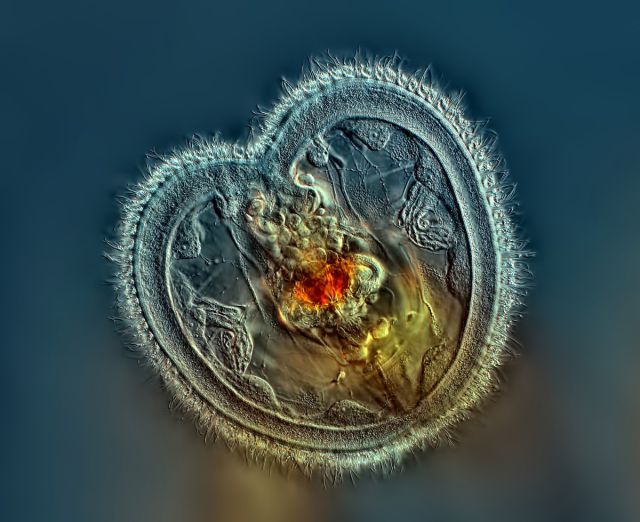
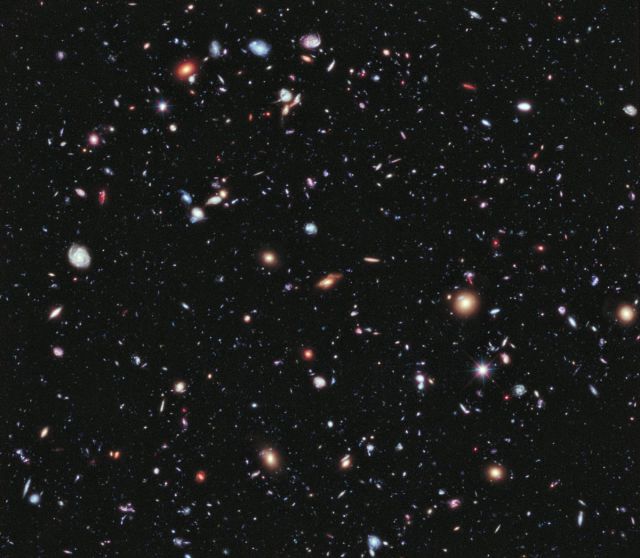

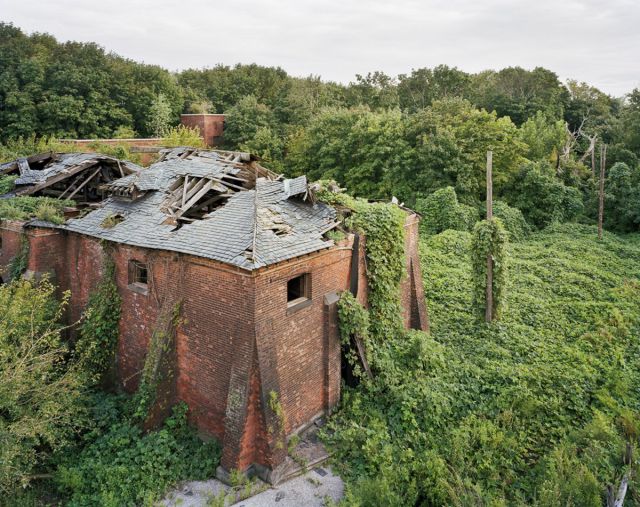
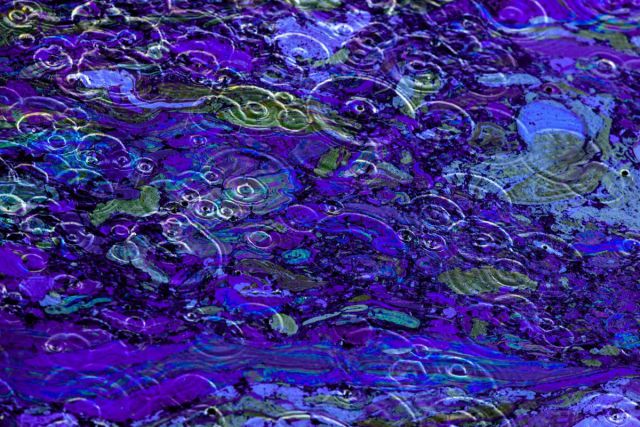
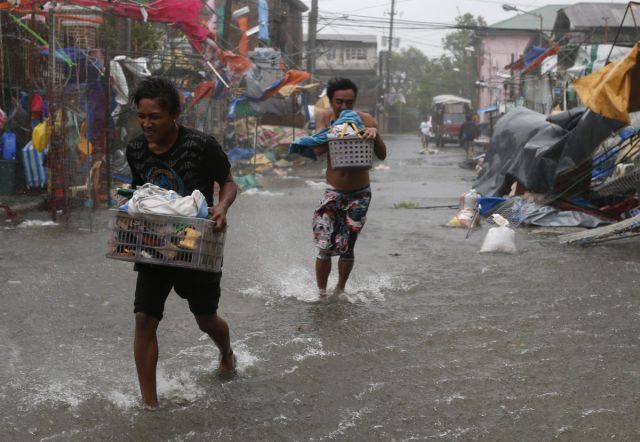



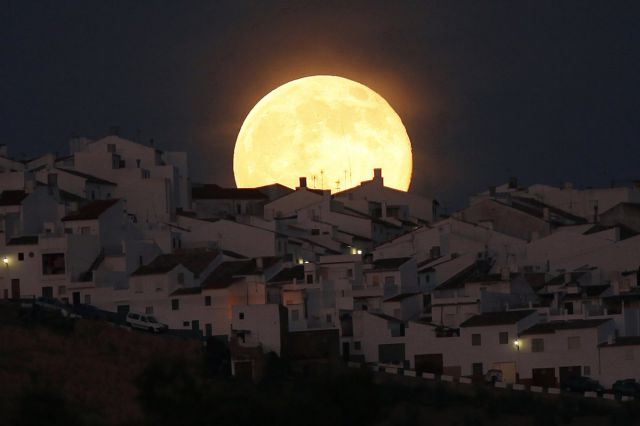

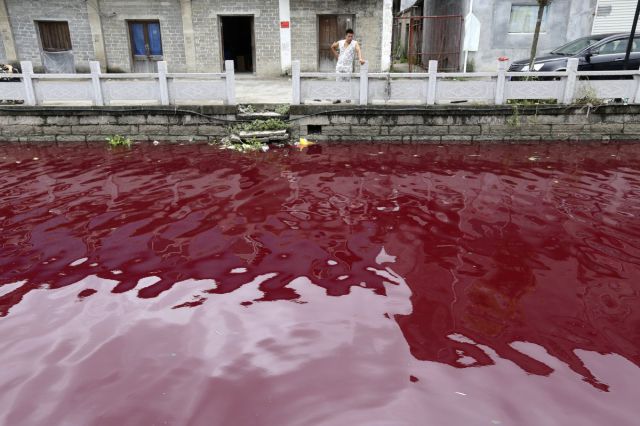
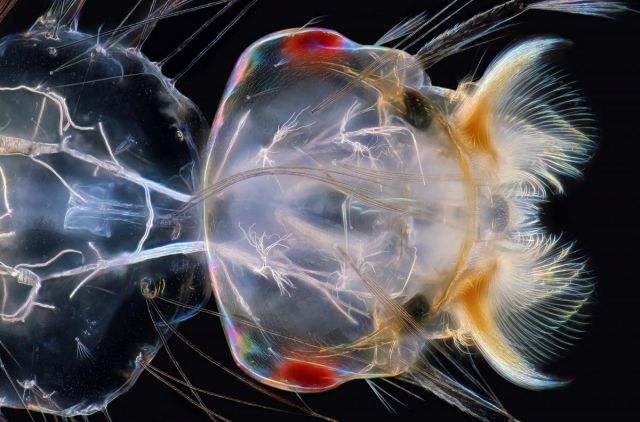
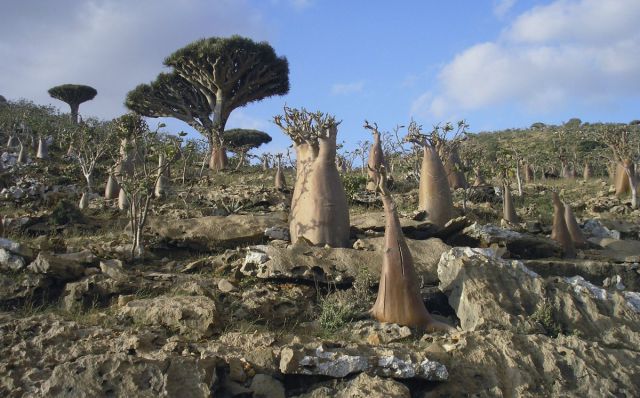
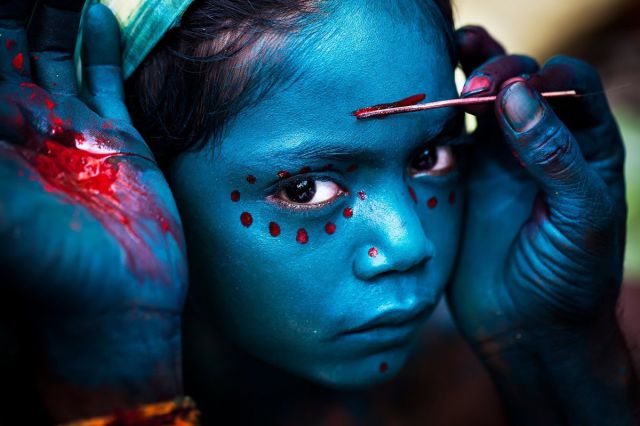
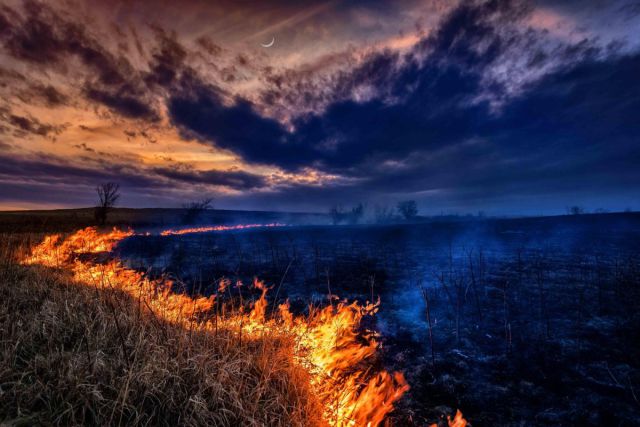
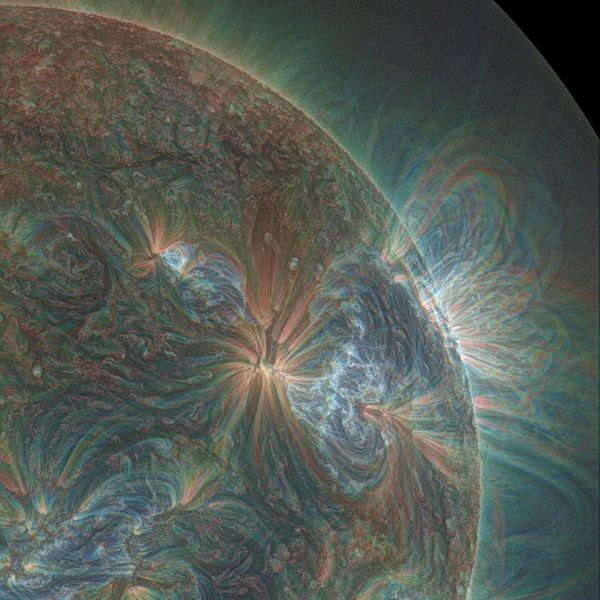

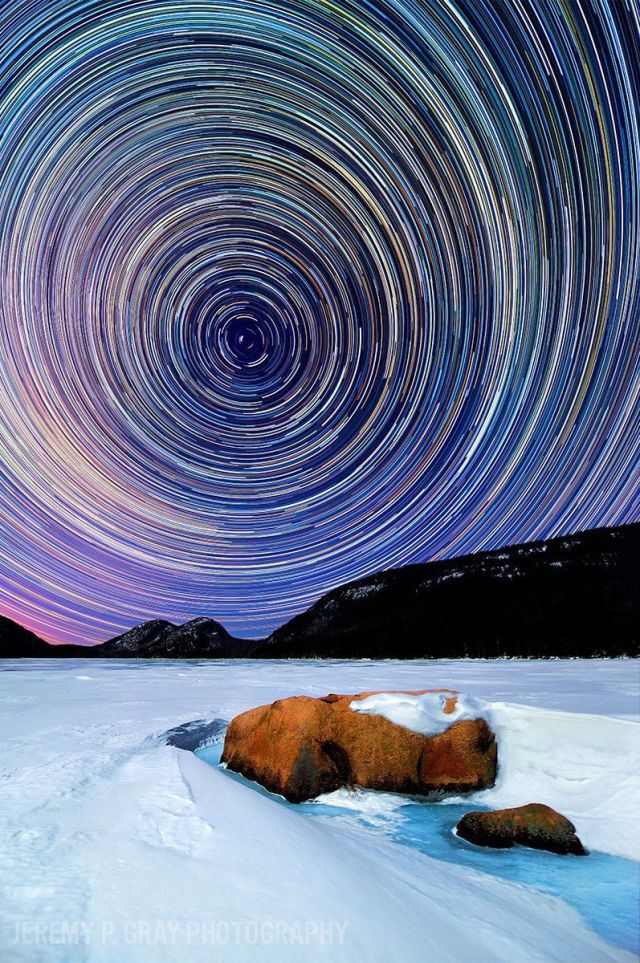
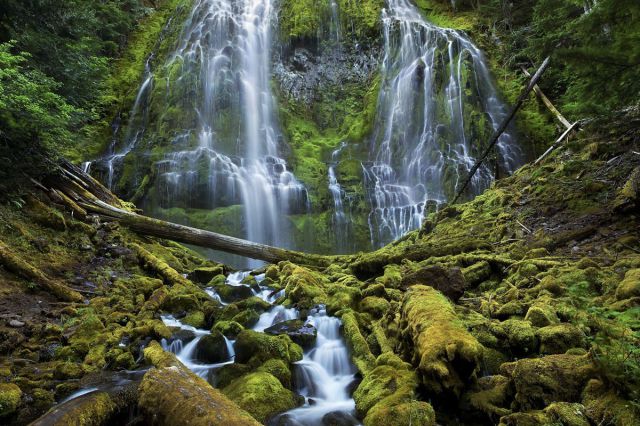
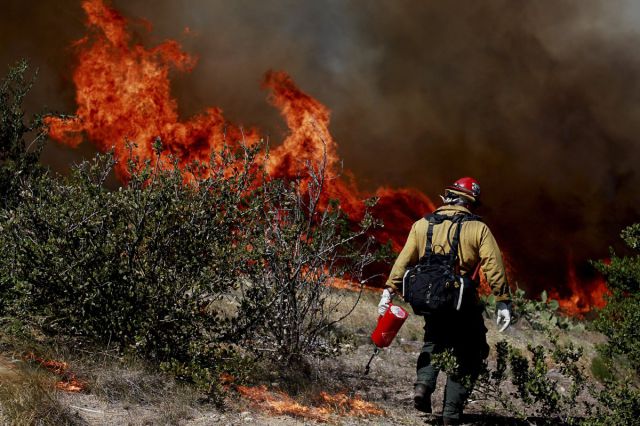
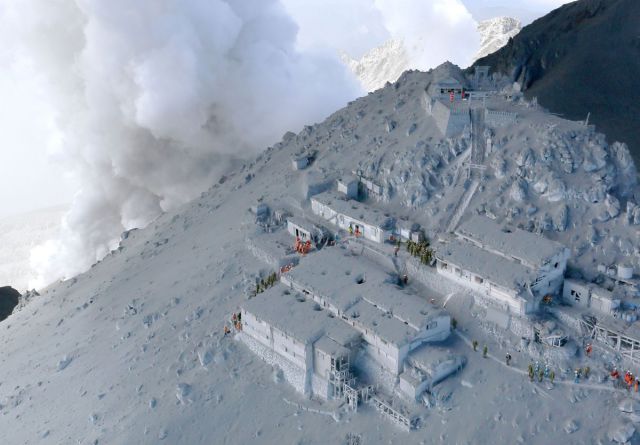

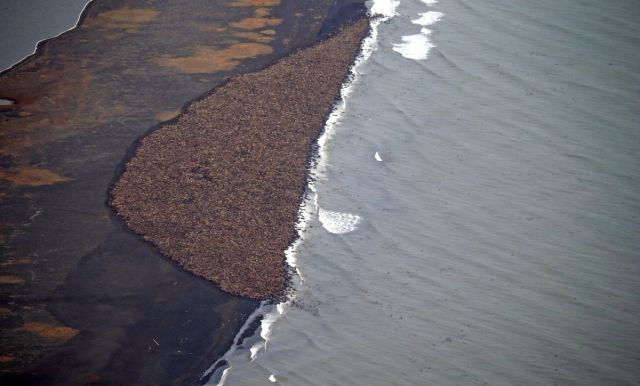
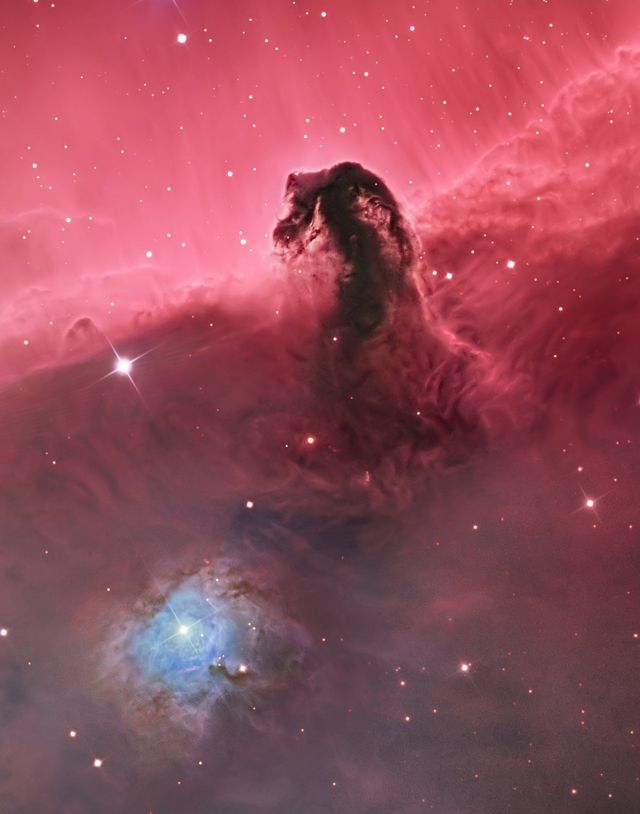
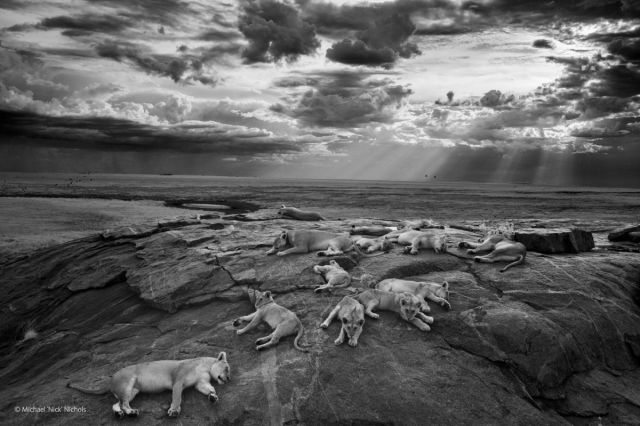
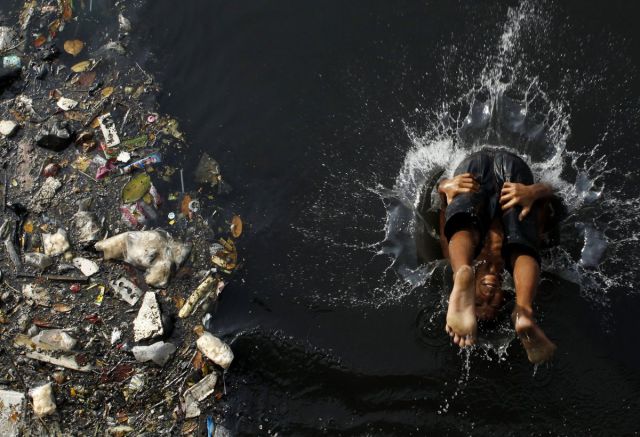
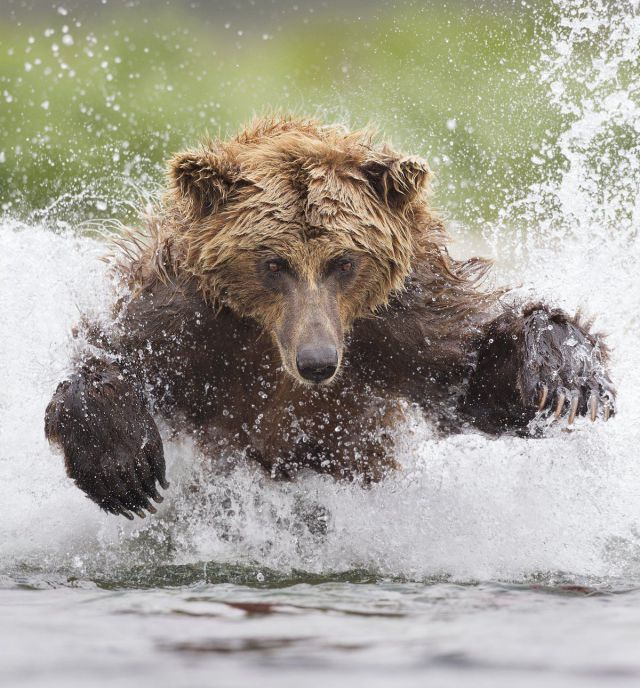
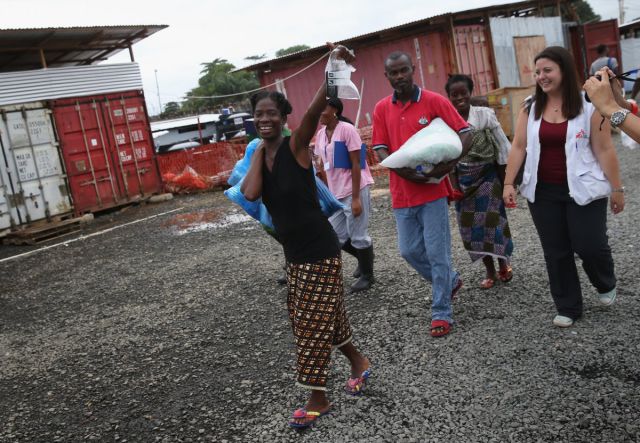
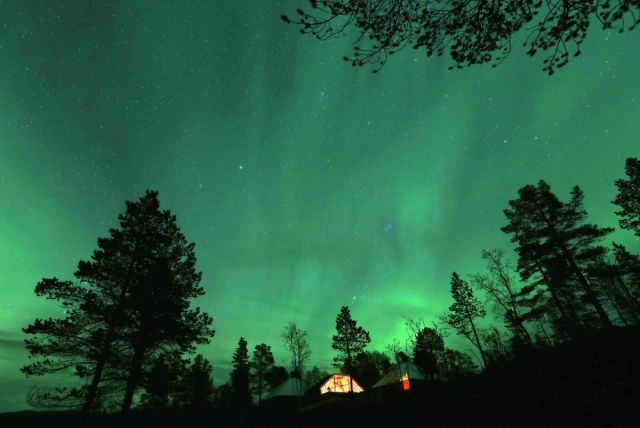
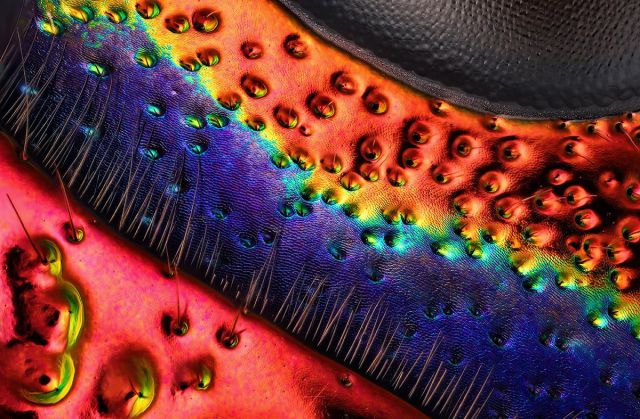
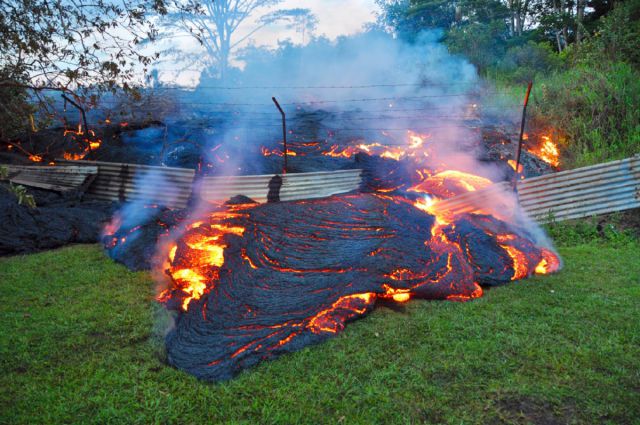

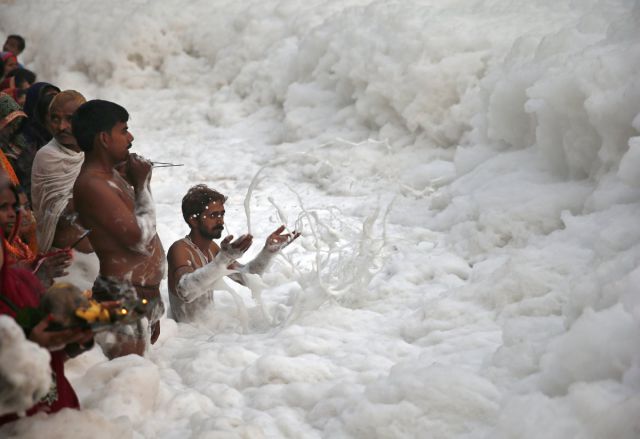
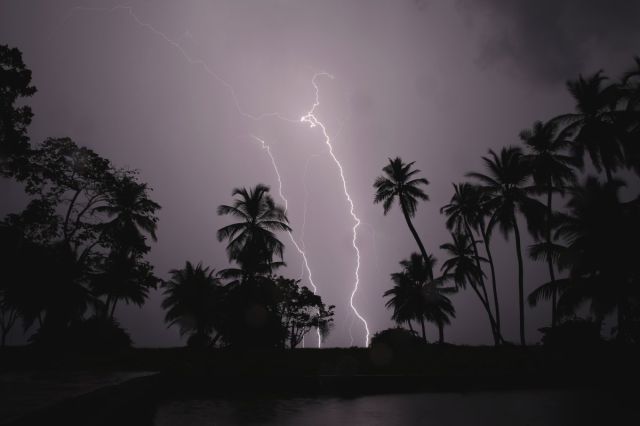
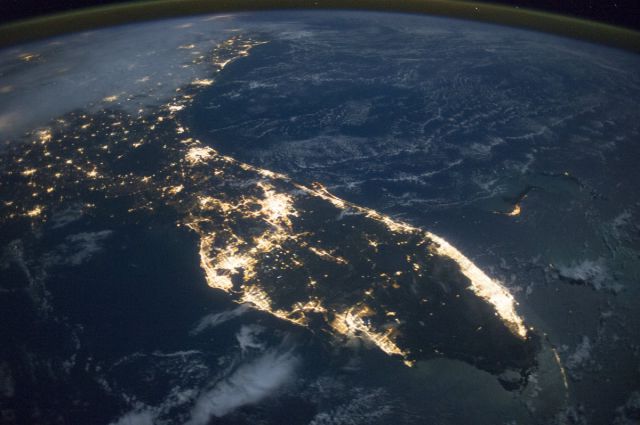
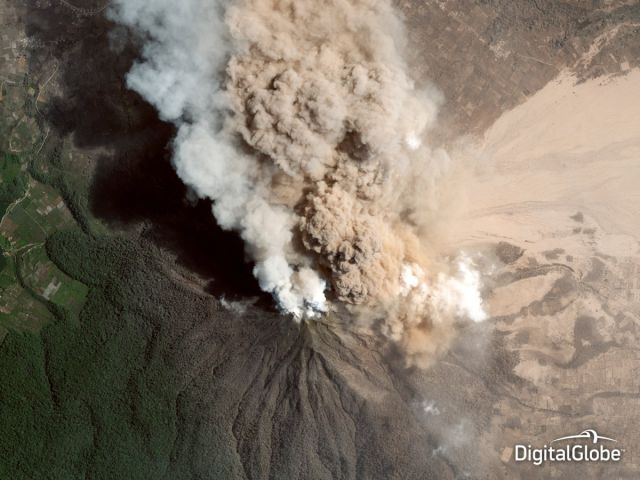
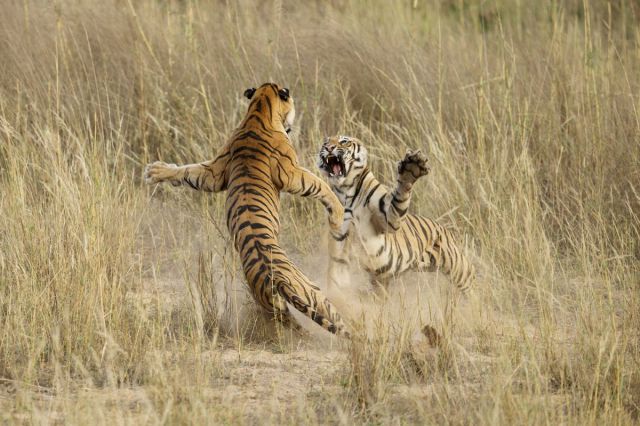



whoa... i was all like "what the fluff" before i re-read that just now.
#16 A giant googly eye
#24 Each of these small spots contains billions of stars. Many have planets. How many civilizations are "visible" in that little picture?
#27 When I was a little kid, I also thought that oil in water looks beautiful. Nope.